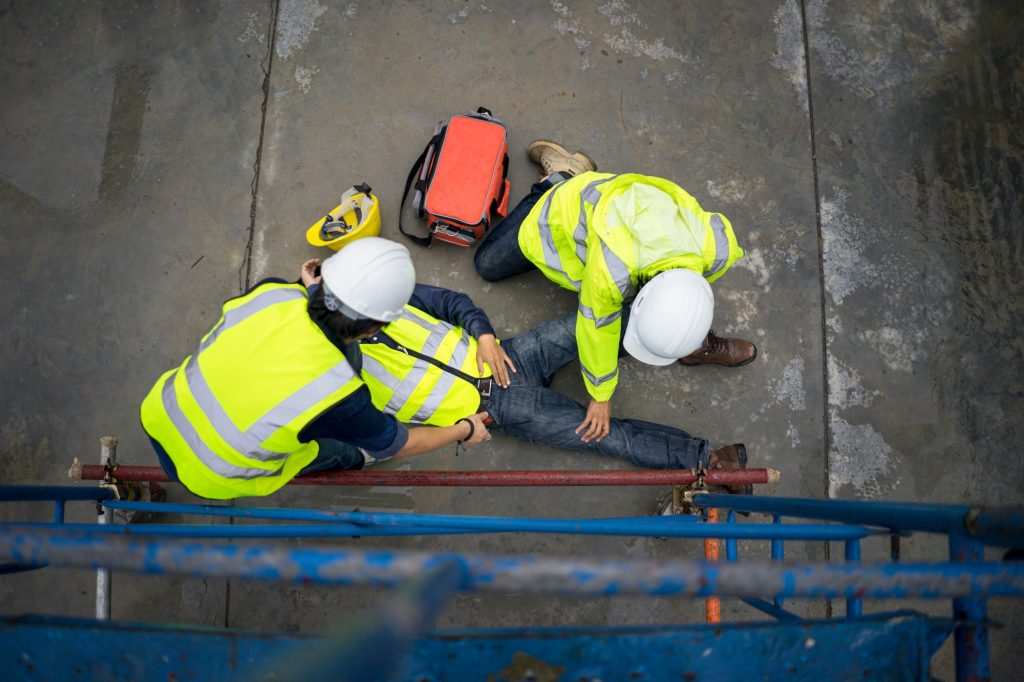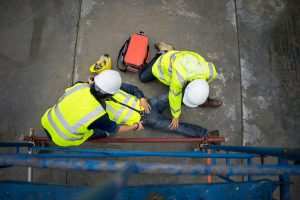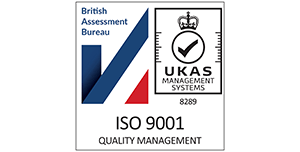Allergic reactions can happen anywhere, but on a busy worksite, they can present a particular risk due to the variety of materials, substances, and environmental factors involved.
From dust and chemicals to food shared in communal areas, workers may be exposed to allergens without realising it.
While many allergic reactions are mild, some can escalate quickly and pose a serious threat to health and safety.
Anaphylaxis, in particular, is a severe and life-threatening allergic reaction that requires urgent medical intervention. Worksites that are not prepared for such emergencies risk delayed responses, which can prove dangerous.
Having a clear understanding of how to recognise and respond to allergic reactions ensures that workers are protected and that employers are meeting their duty of care.
Understanding Allergic Reactions
Mild to moderate allergic reactions can take many forms, ranging from skin irritation and rashes to watery eyes, sneezing, and mild swelling.
These symptoms, though uncomfortable, are not usually life-threatening but can affect a worker’s ability to concentrate or perform tasks safely. Recognising the signs early allows first aiders to respond before a situation escalates.
Common triggers on worksites include insect stings, exposure to certain chemicals, food allergens brought in by colleagues, and latex found in some gloves or equipment.
Knowing what can spark an allergic reaction helps workers to take preventative measures and creates an environment where safety is prioritised at every level.
What is Anaphylaxis?
Anaphylaxis is the most severe form of an allergic reaction and can develop within minutes of exposure to an allergen. Symptoms may include difficulty breathing, swelling of the tongue or throat, dizziness, confusion, or a sudden drop in blood pressure.
It is a medical emergency that requires immediate action to prevent fatal consequences.
Unlike mild allergies, anaphylaxis does not resolve on its own and must be treated with adrenaline. It can affect multiple systems in the body at once, making it especially dangerous.
Without prompt recognition and treatment, the condition can become life-threatening, underlining the importance of awareness and preparedness in the workplace.

Immediate First Aid Response
When anaphylaxis is suspected, the first step is always to dial 999 for emergency medical assistance. Time is critical, and waiting to see if symptoms improve can put the casualty at greater risk.
While awaiting help, an adrenaline auto-injector should be administered if the individual has one prescribed, as this can be lifesaving.
The casualty should be placed in a safe and comfortable position, ideally lying down with legs raised to maintain blood flow, unless breathing difficulties prevent this. Clothing should be loosened to make breathing easier, and the individual should be reassured and monitored continuously.
If symptoms persist and a second auto-injector is available, it should be used after five minutes.
Workplace Preparedness
Employers should ensure that trained first aiders are present on site and equipped to recognise and respond to allergic reactions, including anaphylaxis.
Workers with known allergies should be encouraged to share this information with management and carry prescribed medication with them at all times.
A culture of openness can help prevent misunderstandings and ensure rapid response in emergencies.
In addition, workplaces should consider measures to minimise risks, such as clear labelling of food in communal areas, providing alternatives to latex-based protective equipment, and maintaining clean environments to reduce dust and insect presence.
Simple steps like these create a safer work environment and demonstrate a proactive approach to health and safety.
Case Study / Example Scenario
Imagine a worker on a construction site being stung by a wasp during their lunch break. Initially, the reaction may appear mild, characterised by some swelling and redness around the sting.
However, within minutes, the worker begins to struggle with breathing and shows signs of dizziness. A trained first aider recognises this as the onset of anaphylaxis and responds immediately.
By calling 999, administering an adrenaline auto-injector, and placing the worker in a safe position, the first aider prevents the reaction from escalating further.
The emergency services arrive shortly after and take over care, ensuring the worker receives hospital treatment. This example highlights how vital it is for staff to be trained, equipped, and confident in responding to such emergencies.
Training and Legal Responsibilities
Employers in the UK have a legal duty under the Health and Safety at Work Act to provide a safe environment for their employees.
This includes being prepared for medical emergencies such as severe allergic reactions.
By ensuring staff are trained in first aid and understand how to respond to anaphylaxis, employers demonstrate compliance with regulations and protect the well-being of their workforce.
First aid training courses often cover the recognition and treatment of allergic reactions, including the correct use of adrenaline auto-injectors.
Employers who invest in this training equip their teams with the knowledge and confidence to respond quickly and effectively in the event of a life-threatening emergency.

Conclusion
Allergic reactions are an inevitable risk on many worksites, but the way they are managed makes all the difference.
Recognising the early signs, understanding the dangers of anaphylaxis, and knowing the correct first aid procedures can save lives.
Employers must prioritise preparedness and ensure that both equipment and training are readily available.
By fostering awareness and maintaining up-to-date first aid plans, worksites can respond quickly and efficiently to allergic emergencies.
Ultimately, preparation is the key to safeguarding workers, meeting legal obligations, and creating a safer workplace for everyone.












